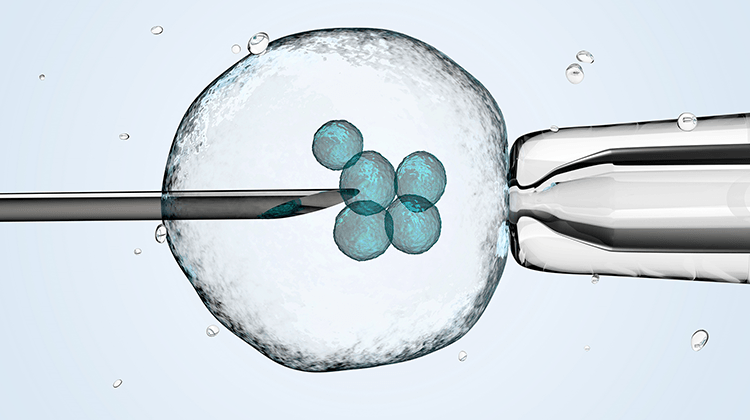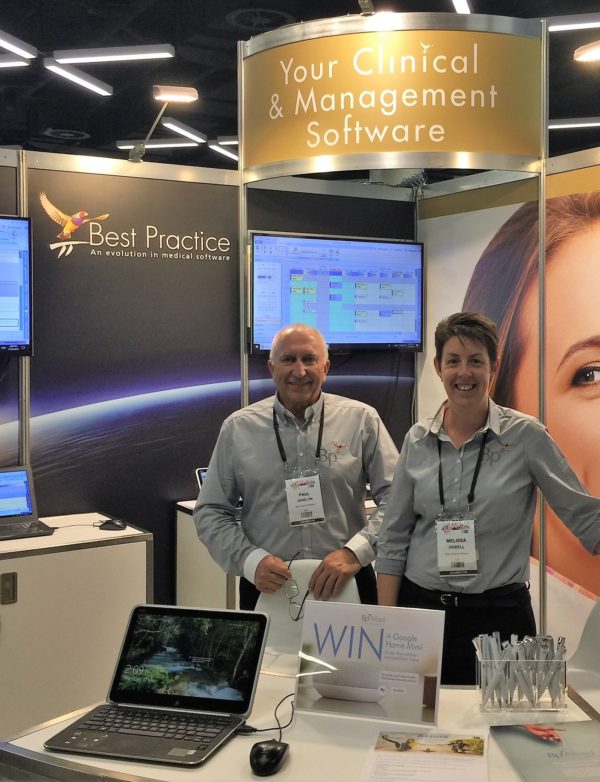Hayfever is the most common allergic disorder in Australia. It is estimated to affect 15% of the population. The symptoms can cause significant disruption to sleep, concentration, learning and daily function for children and adults. The cause is a reaction to wind pollinated tress, grasses and weeds, house dust mites, animal dander and mould spores.
The Australasian Society of Clinical Immunology and Allergy (ASCIA) has new guidelines for managing seasonal allergic rhinitis (hayfever) and offers the following advice for hayfever sufferers:
- Intranasal corticosteroid sprays are the mainstay of management and have a potent action on inflammation and symptoms when used regularly and need careful attention to the way in which they are used. The different brands vary in strength and effectiveness, A diagram of the effective way to use the inhalers is available at www.allergy.org.au/patients/allergic-rhinitis-haay-fever-and-sinusitis/allergic-rhinitis-treatment-plan.pdf The American Allergy Guidelines published last year recommend intranasal corticosteroids alone should be used to treat hayfever in people 12 years and over as trials have demonstrated no additional benefit from taking oral antihistamines. The earlier the spray is started after symptoms start, the quicker control is gained
- Combination medications containing antihistamine and intranasal corticosteroid offer combined advantages and usually reduce symptoms faster
- Antihistamine oral medications help to reduce symptoms such as sneezing, itchy and irritated eyes, but are less effective in controlling nasal blockage and dribble. The advantage of antihistamines is their flexibility
- Intranasal saline washouts can be useful, removing the allergens, clearing the inflammatory mucus, are safe and effective and inexpensive
- Oral leukotriene antagonists (eg Singulair) can be used for children who also have asthma, there is no government subsidy for nasal symptoms alone. Studies have also demonstrated no additional benefit in symptoms control when used with oral antihistamines in controlling symptoms than using intranasal steroids alone.
- Effective management of allergic rhinitis is an important part of asthma management
- Allergen immunotherapy (desensitisation) is effective in reducing the frequency and severity of the symptoms and requires a referral to a Specialist. The desensitisation involves the regular administration of commercially available allergen extracts to promote tolerance. This can be done by subcutaneous injection or liquid drops or sprays. Treatment usually occurs over 3-5 years to produce long term benefit. Individuals will experience different degrees of benefit. On average there may be a 50% reduction in symptoms and/or medication use.
- A brief course of oral steroids (3 to 7 days) is rarely required, but may be considered with severe nasal obstruction or short term rescue from severe symptoms.
- Depo corticosteroids are not recommended due to their short duration of effect and potential for local and systemic side-effects (eg depo-Medrol injection). These were used commonly some years ago in Australia and are still given in some countries.
- Oral or intranasal decongestant can be used short term to control symptoms, but after 3 days can cause a rebound nasal obstruction
Unproven tests and inappropriate methods include IgG testing, cytotoxic food testing kinesiology, Vega testing, electrodermal testing, pulse testing and costly avoidance strategies. There is no Medicare rebate for these tests, these methods are not recommended by ASCIA or the WHO.
Dietary manipulation has no evidence of benefit for hayfever, food elimination eg cow’s milk or wheat is not recommended and can result in serious nutritional deficiencies in young children. Restricting dairy products is popular, but no study has demonstrated any reduction in mucus production with dairy elimination. Some cases of rhinitis associated with preservatives have been described, no diagnostic testing are available to confirm this.
Alternative medicines are not regulated in Australia. There is no Medicare or Pharmacological rebate available and no evidence to support the accuracy in diagnosing allergic disorders. The therapeutic effectiveness of acupuncture, vitamin supplements, homeopathy and physical treatments such as chiropractic manipulation has not been demonstrated.
For more detailed information about specific areas relating to allergies, see allergy.org.au
Dr Lisa Surman, CBD West Medical Centre, Perth, WA
Member of Best Practice Software’s Clinical Leadership Advisory Committee
“Often patients spend time talking about current medical and social issues, taking valuable time away from dealing with what they have really come in to discuss. One of our solutions is to direct them to news articles on our website written by a doctor in our Practice that outline current issues and offer strategies to manage the problem and links to relevant, reputable websites”.










